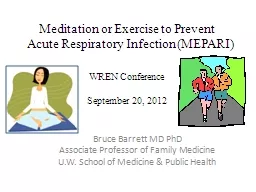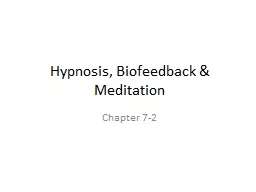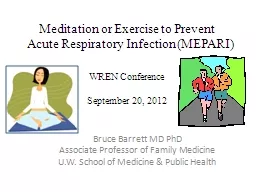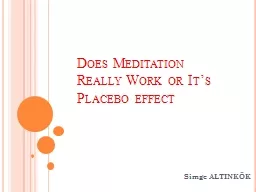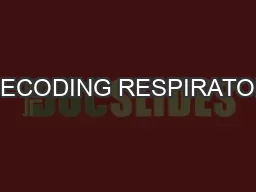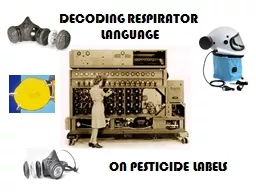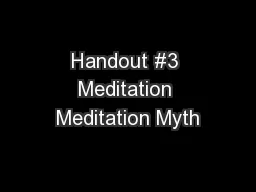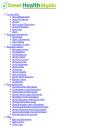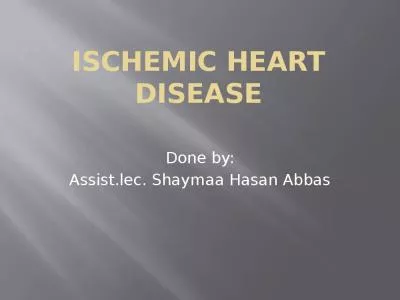PPT-Meditation or Exercise to Prevent Acute Respirator
Author : faustina-dinatale | Published Date : 2016-03-04
Bruce Barrett MD PhD Associate Professor of Family Medicine UW School of Medicine amp Public Health WREN Conference September 20 2012 Cold and Flu Acute Respiratory
Presentation Embed Code
Download Presentation
Download Presentation The PPT/PDF document "Meditation or Exercise to Prevent ..." is the property of its rightful owner. Permission is granted to download and print the materials on this website for personal, non-commercial use only, and to display it on your personal computer provided you do not modify the materials and that you retain all copyright notices contained in the materials. By downloading content from our website, you accept the terms of this agreement.
Meditation or Exercise to Prevent Acute Respirator: Transcript
Download Rules Of Document
"Meditation or Exercise to Prevent Acute Respirator"The content belongs to its owner. You may download and print it for personal use, without modification, and keep all copyright notices. By downloading, you agree to these terms.
Related Documents

